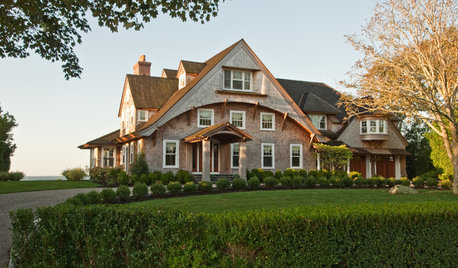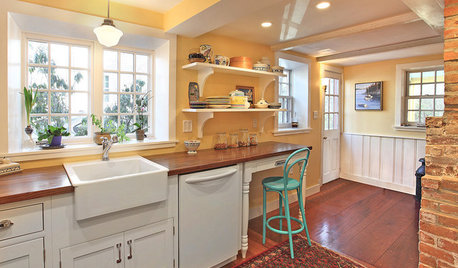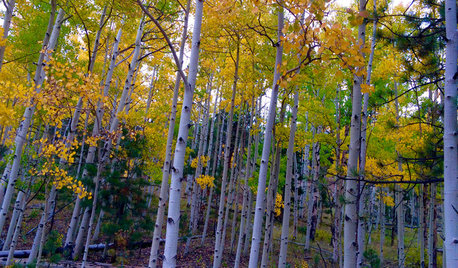When to transplant newly rooted cuttings?
tony_c_m
12 years ago
Featured Answer
Sort by:Oldest
Comments (11)
gorgi
12 years agolast modified: 9 years agonkesh099
12 years agolast modified: 9 years agoRelated Professionals
Graham Landscape Architects & Landscape Designers · Medford Landscape Contractors · Battle Ground Landscape Contractors · South Hackensack Landscape Contractors · Sun City Center Landscape Contractors · Webster Groves Landscape Contractors · Winter Gardens Landscape Contractors · North Hills Landscape Contractors · Batavia Decks, Patios & Outdoor Enclosures · Braintree Decks, Patios & Outdoor Enclosures · Del Aire Decks, Patios & Outdoor Enclosures · Kansas City Decks, Patios & Outdoor Enclosures · Riverside Decks, Patios & Outdoor Enclosures · Shirley Fence Contractors · Ramona Fence Contractorstony_c_m
12 years agolast modified: 9 years agobjs496
12 years agolast modified: 9 years agofredfig
12 years agolast modified: 9 years agoKing.Fig
12 years agolast modified: 9 years agowisner_gw wisner
12 years agolast modified: 9 years agobjs496
12 years agolast modified: 9 years agowisner_gw wisner
12 years agolast modified: 9 years agotapla (mid-Michigan, USDA z5b-6a)
12 years agolast modified: 9 years ago
Related Stories

ARCHITECTURERoots of Style: Shingle Style Is Back — Here's How to Spot It
Intimate or rambling, in the coast or by the sea, Shingle homes are seeing a revival. Has your home joined in?
Full Story
SELLING YOUR HOUSE15 Questions to Ask When Interviewing a Real Estate Agent
Here’s what you should find out before selecting an agent to sell your home
Full Story
HOLIDAYSHow to Care for Your Christmas Tree
Keep your tree looking lush until the last ornament is packed away with these tips for watering, using stands and more
Full Story
PLANTING IDEASStretch the Budget, Seasons and Style: Add Conifers to Your Containers
Small, low-maintenance conifers are a boon for mixed containers — and you can transplant them to your garden when they’ve outgrown the pot
Full Story
WINTER GARDENINGExtend Your Growing Season With a Cold Frame in the Garden
If the sun's shining, it might be time to sow seeds under glass to transplant or harvest
Full Story
KITCHEN DESIGNKitchen of the Week: Uncovering History in an 1800s Colonial
Brick features from long ago return to prominence, but a raised ceiling and newly open layout set them squarely in the now
Full Story
EARTH DAY‘Terroir’ Brings a Sense of Place to Your Landscape
Species native to and characteristic of your region firmly root your garden and landscape
Full Story
MIDCENTURY HOMESHouzz Tour: Pools and Martinis Inspire a Palm Springs Remodel
Weighed down by black-heavy ’80s style, a California desert home gets a fun and lighthearted look just right for its midcentury roots
Full Story
TRADITIONAL HOMESHouzz Tour: Redo Shines Light on 19th-Century Newport Beauty
The renovated Rhode Island home boasts gorgeous woodwork, an appealing wraparound porch and a newly spacious kitchen
Full Story
ARCHITECTURE‘Wolf Hall’ Style: The Secrets of Tudor Architecture
As American audiences watch a new TV series about the politics of Henry VIII, we explore the elements of his era’s distinctive style
Full StoryMore Discussions







tapla (mid-Michigan, USDA z5b-6a)